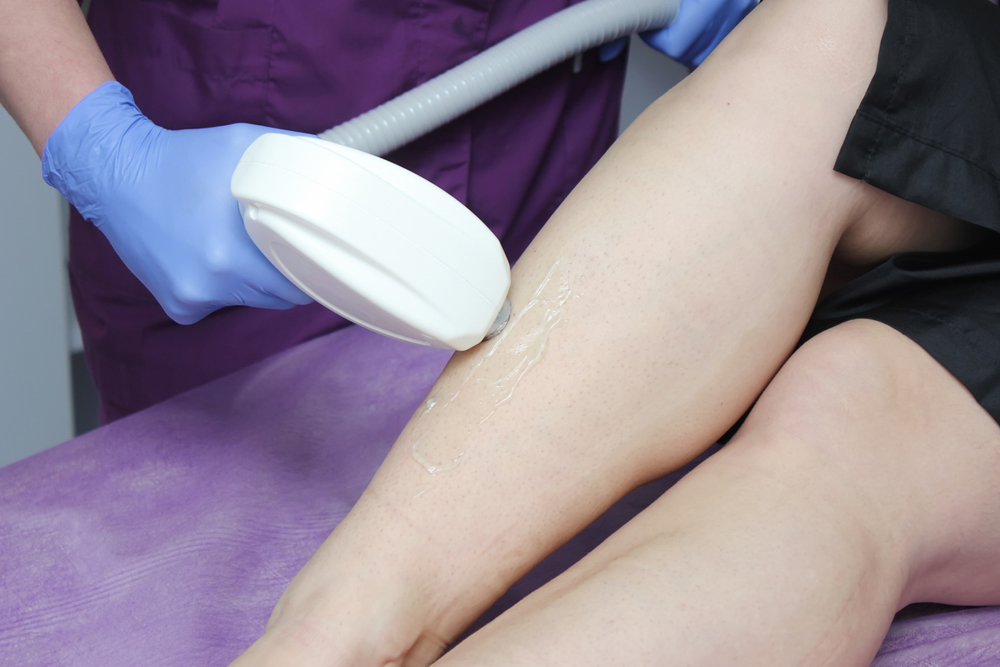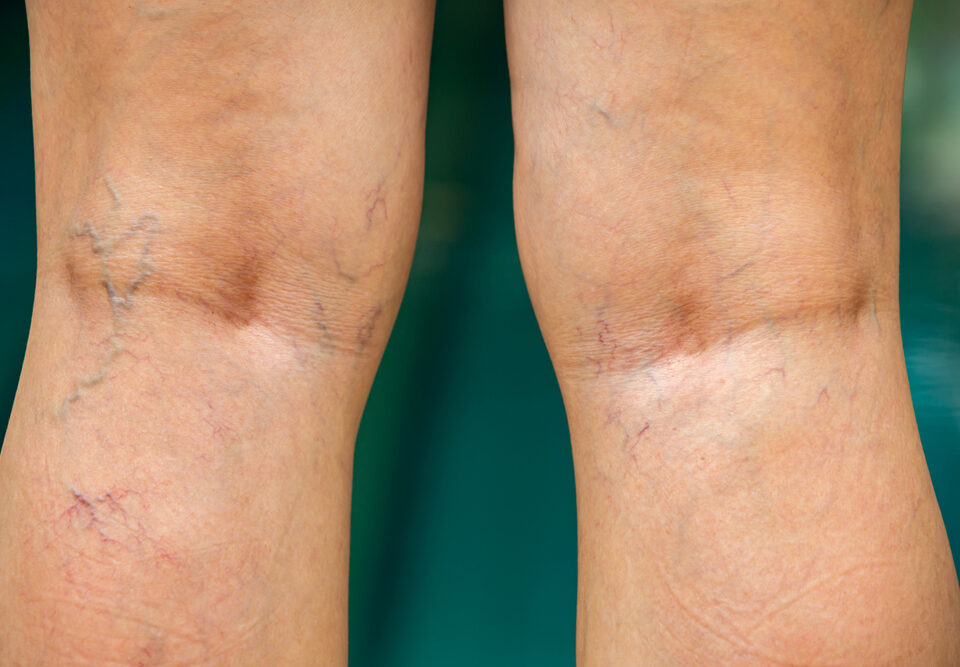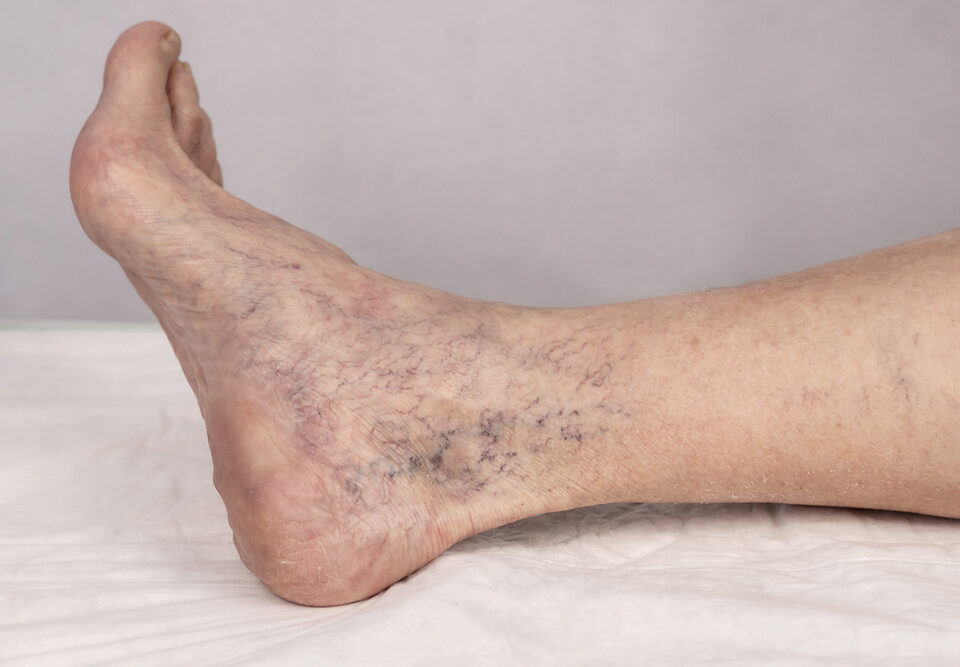Venous ablation techniques represent the next generation of treatments for varicose veins. They promise better results with fewer side effects than traditional vein procedures. Nevertheless, venous ablation can still cause some unpleasant side effects and complications that patients should be aware of.
What Are Varicose Veins?
Varicose veins are swollen and twisted veins that appear on the surface of the skin. They are most common in the legs and appear in a blue or purple color. Varicose veins are not aesthetically pleasing and can be difficult to hide. They also cause blood circulation problems which can lead to a host of unpleasant symptoms. Some of these symptoms include:
- Pain and heaviness in the legs and feet, especially after standing or walking for long periods of time
- Swelling, burning, and cramping in the legs
What is Venous Ablation?
One of the most popular and effective ways to get rid of varicose veins is through venous ablation. Venous ablation involves the application of heat or radiofrequency energy into varicose veins to seal them shut. Once they are closed off, blood can no longer pool in them and is redirected to other healthier veins, typically deeper in the body. When the varicose veins are empty, the body absorbs them, and they disappear from the surface of the skin.
Side Effects
While venous ablation is a very safe procedure, like any treatment, it comes with some side effects and risks. It’s important to discuss these factors with your doctor prior to getting treatment. Here are some of the side effects associated with venous ablation. A good doctor will take steps before, during, and after your treatment to reduce your risk of these side effects.
- Infection – There is very small risk of infection after a venous ablation procedure. Fortunately, there are steps your doctor can take to reduce your risk and keep you safe. Make sure you get your treatment from a board-certified doctor who has a wealth of experience performing venous ablation procedures. Following your treatment, make sure to follow your doctor’s instructions on cleaning the treatment area to ensure you keep it clean from bacteria and germs.
- Soreness and Inflammation – It is normal to experience some pain or soreness following a venous ablation procedure. These symptoms will disappear within a few days. However, if you experience pain that doesn’t go away after a few days, talk to your doctor.
- Bruising – It is normal to experience some bruising at the treatment site after a venous ablation procedure. This will go away on its own in a few days.
- Blot Clots and Swelling – There is a small risk of developing blood clots following venous ablation. Your doctor will take steps to reduce this risk. Some effective methods are to bandage the treatment area and wear compression socks.
Varicose Vein Treatment in Tampa or Largo, Florida
Venous ablation is one of the most effective and safe varicose vein treatments available. If you are interested in learning more about the procedure, its side effects, and whether it’s a good procedure for you, talk to an experienced vein specialist today.
Residents in Tampa or Largo, Florida, should consider Premier Vein & Vascular for their varicose vein treatment needs. We have a wealth of experience treating varicose veins through venous ablation and other treatments and would love to help you find relief. To make an appointment, please call 1-888-VEINCARE or request an appointment online.





